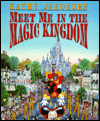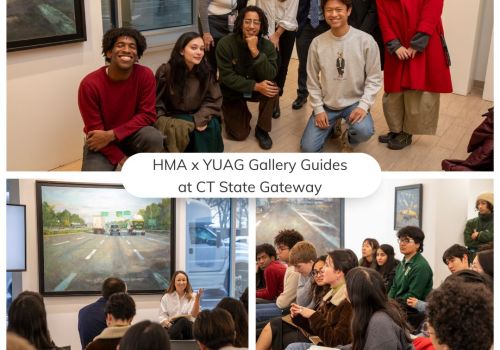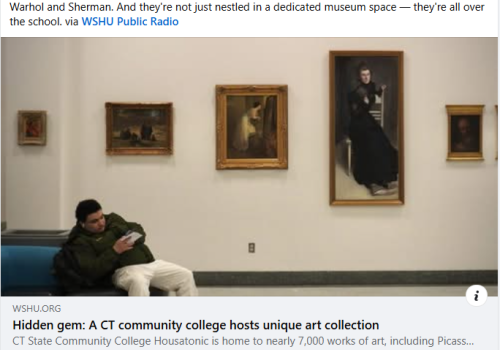
Innocence of Vision Essay

Innocence of Vision
by Robbin Zella, HMA Director
Interest in American folk art emerged in the 1920s and, by the 1950s, culminated in the founding of museums devoted exclusively to collecting folk art. Three ground breaking exhibitions were mounted in succession by leading folk art scholar Holger Cahill: American Primitive, 1930-1931 and American Folk Sculpture, 1931-32 held at the Newark Museum in New Jersey, and American Folk Art: Art of the Common Man in America 1750-1900 held in 1932 at the Museum of Modern Art in New York. These shows were the first comprehensive exhibitions devoted entirely to painting, sculpture, crafts and the decorative arts, awakening a new appreciation for American hand-crafts and art created by untrained artists.
With the advancement of the industrial age and the production of mass-produced objects, nostalgia for simpler times emerged as did a passion for collecting folk art. Artists, like Charles Sheeler and William Zorach, admired American folk art for its simplicity and bold design which, in turn, underscored their own modernist aesthetic values captured neatly by the phrase "less is more."
Today, contemporary folk art, that is, work produced after 1900, splinters into a variation of styles including Art Brut, Art Singulier, Visionary art, Intuitive Art, Outsider Art, and Naïve Art. All except Naïve Art are styles that refer to a wider practice of a much more personal or eccentric kind of art. What distinguishes the Naïve artist from the other practices mentioned above is that the Naïve artist is consciously trying to reach or create an audience for the work whereas the other artists generally eschew exhibiting work publicly. Naïve art is also characterized by the depiction of highly detailed and realistic scenes of animals, people, places and events.
Clearly identified with the Naïve style, Kathy Jakobsen's paintings are abuzz with activity. Vibrant and brilliantly colored, her images radiate with the hustle and bustle of contemporary urban and suburban American life. In My New York, Jakobsen perfectly captures the frenzied motion and ceaseless activity that is Manhattan. She leads us on tour of all her favorite places: The Empire State Building, the famed toy store FAO Schwarz, Chinatown, the Christmas Tree at Rockefeller Center, The Plaza Hotel and Central Park and several of the city's greatest museums. There's plenty to do and see. And just as you begin to believe you've seen it all, out the window of the Market Diner you catch sight of elephants marching down 8th Avenue! Jakobsen shows us that anything is possible in New York.
Meet Me In The Magic Kingdom is Jakobsen's homage to an altogether different kind of mega-entertainment center. The fireworks, costumes, parades, rides and attractions are all here. Again, she successfully conveys the wonder and excitement that every child (and adult) feels upon entering the Magic Kingdom. It is that sense of amazement that is at the very heart of the Disney experience and Jakobsen is a master at translating that message through paint.
Through the use of pattern, repeating forms, and rhythmic line she illustrates an idealistic vision of contemporary American life and creates a wonderful positive feeling about each place-- urban, suburban or rural. A sunny cheerfulness infects every inch of her canvases making her hopefulness contagious. In fact, Kathy Jakobsen's greatest gift just may be her marvelous optimism, her amazing ability to see the world with a humble heart and an innocence of vision.
Robbin Zella
Director
July 11, 2001


